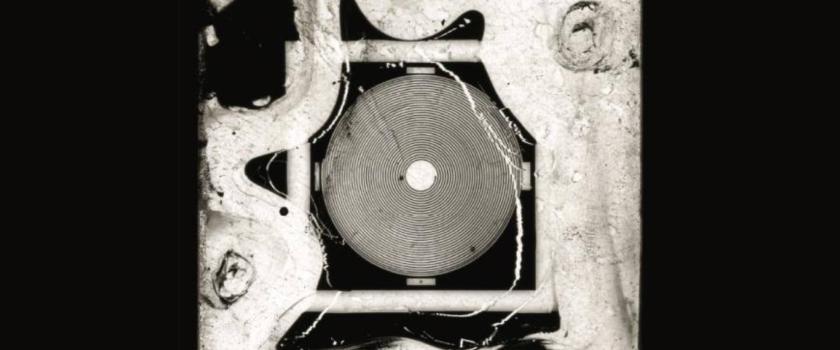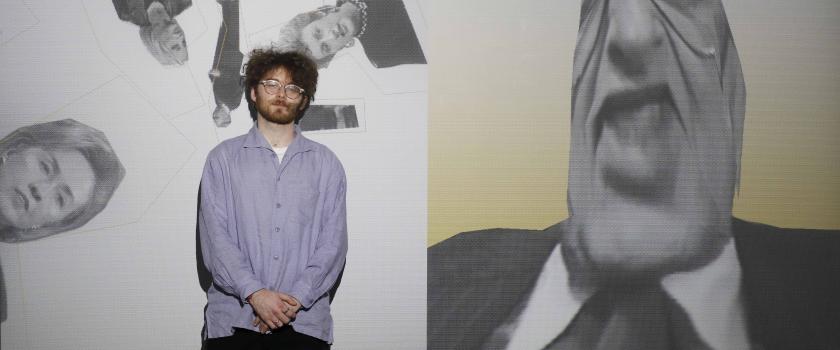I will address some aspects of the Cultural Transfer Approach applied on the works of Steina and Woody Vasulka and the geopolitical and cultural context of Central and East Europe in the early 1990s. After 1989 The Vasulkas were relatively quickly welcomed, “distributed” or reintroduced in the art scene of Czechoslovakia and other CE countries. Their works were “appropriated” and promoted as an example of American dream, a successful strategy on how to apply vision and tools of electronic moving image and other emerging technologies in contemporary art and culture. The first idea of The Bohemian Institute appeared in June 1990 in the written proposal for the exhibition Der Eigenwelt der Apparate for Ars Electronica festival. The Center is supposed to be “a cross cultural nexus whose time has come…designed as a think tank/gallery/cafe that will stake out the rutting edge in eco-global and psychedelic ideas and technology. Day to day management would reside with a rotating International staff operating out of a beautiful Baroque building in central Prague or possibly Marienbad. Woody Vašulka suggested to collaborate with composer David Dunn, poet Liz Rymland or visionary ethnobotanist Terence McKenna. We can find similar concepts in other utopic and collaborative projects by Woody and Steina.
Miloš Vojtěchovský is a curator, art historian and theorist. He met The Vasulks in Amsterdam in the 1980s. In 1996, in collaboration with Tomáš Ruller, he curated a solo exhibition of Steina at the National Gallery Prague. He collaborated on the projects such as Imaginary Museum Projects in Amsterdam for ZKM, lectured on the history of new media at the Department of Theory and History of Art at FaVU BUT in Brno, and from 2004 worked at the Center for Audiovisual Studies at FAMU. He was the curator of the Collection of Modern and Contemporary Art of National Gallery Prague, the Soros Center for Contemporary Art, Galerie Školská 28, or Lemuria TAZ radio. He lives and works in Prague.

